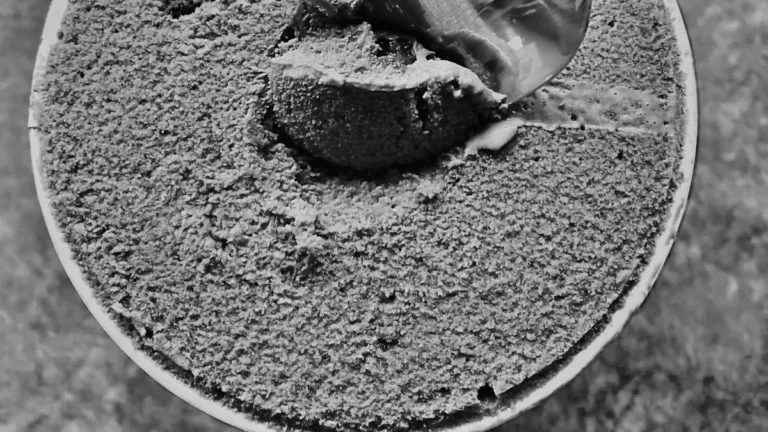Food Decolorization Activated Carbon
Home » Activated Carbon Application » Food Grade Activated Carbon » Food Decolorization Activated Carbon
.webp)
Buy Decolorization Activated Carbon
Industry Challenges of Activated Carbon in Food Decolorization
Performance & Efficiency
- Non-selective Adsorption: Removes both pigments and beneficial compounds (nutrients/flavors).
- Material Inconsistency: Variable pore structures from different sources/methods reduce predictability.
- Form Limitations: PAC (powder) vs. GAC (granular) trade-offs between speed and reusability.
Regulatory & Safety Compliance
- Classification Conflicts: Varying global rules as "processing aid" (must remove) vs. "additive" (residues allowed).
- Contamination Risks: Potential leaching of ash/metals from low-quality carbon
- Dust Hazards: Explosion risks and worker safety concerns with powdered forms.
Sustainability & Waste Management
- Single-Use Waste: High-volume disposal of spent PAC.
- Regeneration Barriers: Energy-intensive reactivation of GAC requiring specialized facilities.
- Supply Chain Impacts: Sourcing biomass/coal creates environmental footprint debates.
Operational & Ethical Concerns
- "Detox" Mislabeling: Unverified health claims inviting regulatory action.
- Process Disruptions: Handling difficulties causing production downtime.
- Reverse Discoloration: Chemical reactions with impurities darkening products.
related types of activated carbon
-r8fslg51nt6wgjtvh6yldxb1gtkgm3lpe0oq1akgog.webp)
- Iodine Value: 600-1200
- Mesh Size: 1×4/4×8/8×16/8×30/12×40/20×40/20×50/30×60/40×70 (More size on request)
- Apparent Density: 400-700
-r8fsli0q1h9h3rr567ruiwtynlb71ht629zozuhoc0.webp)
- Iodine Value: 500-1300
- Mesh Size:0.9-1mm/1.5-2mm/3-4mm/6mm/8mm(More size on request)
- Apparent Density: 450-600
-r8fslbfupn0gui0p8mxgjghqhw7mjm31pdfamwrfjk.webp)
- Iodine Value: 500-1300
- Mesh Size: 150/200/300/350 (More size on request)
- Apparent Density: 450 – 550
-r8fsle9da54btbwls65c8xs4a1tq6pe8prdr2qn90w.webp)
- Iodine Value: 400-800
- Mesh Size: 100×100×100mm/100×100×50mm (Custom cell density on request)
- Apparent Density: 350-450
- Bore Diameter:1.5-8mm

- Iodine Value: 700-1200 mg/g
- Surface Area: 700-1200 m²/g
- Apparent Density: 320-550 kg/m³

- Iodine Value: 700-1200 mg/g
- Surface Area: 700-1200 m²/g
- Apparent Density: 320-550 kg/m³

- Iodine Value: 700-1200 mg/g
- Surface Area: 700-1200 m²/g
- Apparent Density: 300-650 kg/m³
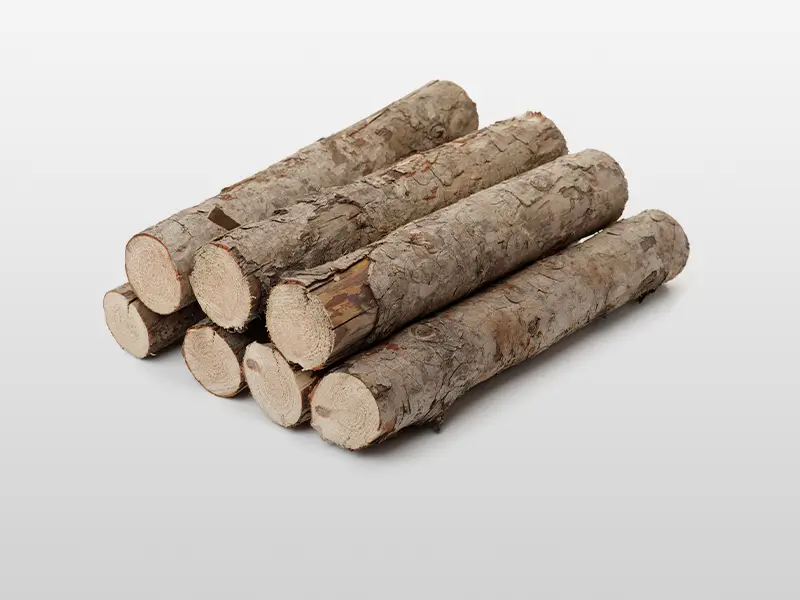
- Iodine Value: 700-1200 mg/g
- Surface Area: 700-1200 m²/g
- Apparent Density: 320-550 kg/m³

- Activation Method: Steam/gas activation at high temperatures
- Pore Structure: Microporous-dominated, uniform pore distribution
- Environmental Profile: Chemical-free, low ash content
- Primary Applications: Gas-phase adsorption, drinking water purification

- Activation Method: Chemical activation (e.g., H₃PO₄/ZnCl₂) at moderate temperatures
- Pore Structure: Mesoporous-rich, higher surface area
- Process Efficiency: Shorter activation time, 30-50% higher yield
- Post-Treatment: Acid-washing required to remove residues

- Functionalization: Loaded with active agents (e.g., I₂/Ag/KOH)
- Targeted Adsorption: Enhanced capture of specific pollutants (e.g., Hg⁰/H₂S/acid gases)
- Customization: Chemically optimized for target contaminants
- Core Applications: Industrial gas treatment, CBRN protection
Why You Need Our Activated Carbon

Optimized adsorption efficiency:
Optimized adsorption efficiency delivers superior pigment and impurity removal while preserving valuable nutrients and flavor compounds.

Exceptional batch-to-batch consistency:
Exceptional batch-to-batch consistency ensures predictable decolorization performance across all production cycles.

Food-grade purity certification:
Food-grade purity certification guarantees compliance with global safety regulations and eliminates contamination risks.

Tailored pore structure:
Tailored pore structure engineering provides industry-specific solutions for diverse applications from syrups to oils.

Sustainable sourcing and regeneration compatibility:
Sustainable sourcing and regeneration compatibility reduces environmental impact while maintaining operational efficiency.
Activated Carbon Solutions in Food Decolorization
1. Sugar Industry Decolorization
Solution Overview
Activated carbon is used in sugar refining (sucrose, glucose, maltose) to remove pigments, colloids and impurities from syrups, to yield pure crystalline products (high purity). It removes colorants (natural and process) (e.g., melanoidins, caramels) through the process of adsorption.
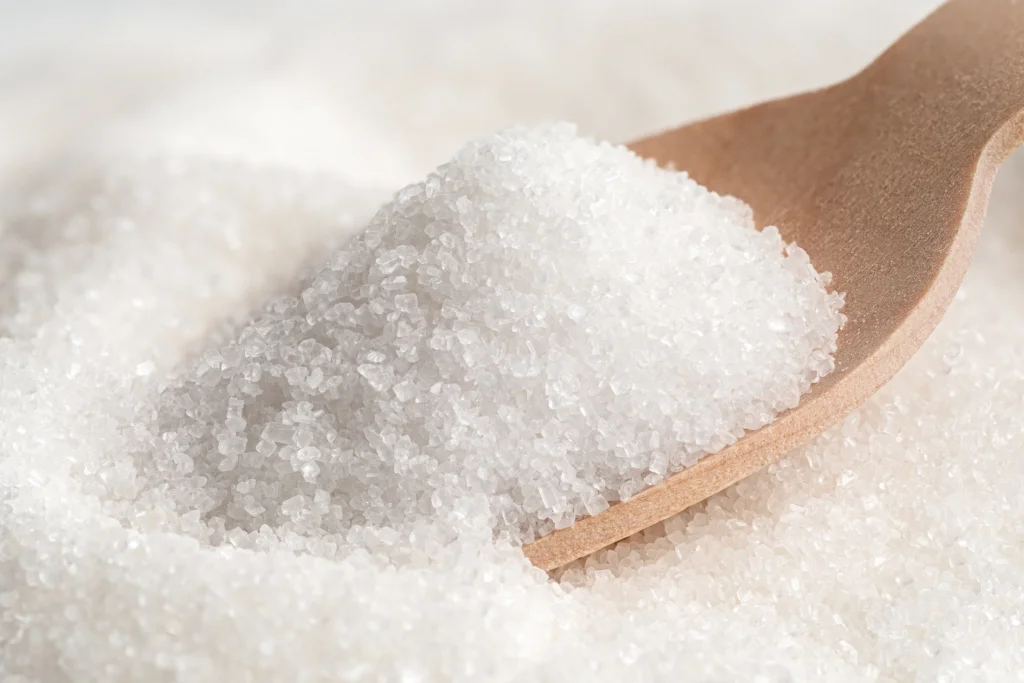
Key Advantages
- High selectivity for pigments: Efficiently adsorbs large-molecule colorants (e.g., caramels) while minimizing sugar loss.
- Improved crystallinity: Removes colloids and impurities that inhibit crystal formation, enhancing product yield and stability.
- Multi-functional purification: Simultaneously eliminates off-flavors and odor precursors for sensory enhancement.
2. Edible Oil Refining
Solution Overview
Activated carbon treats crude vegetable oils to adsorb color bodies (e.g., carotenoids, chlorophyll), oxidation products, and contaminants, achieving clarity and stability.
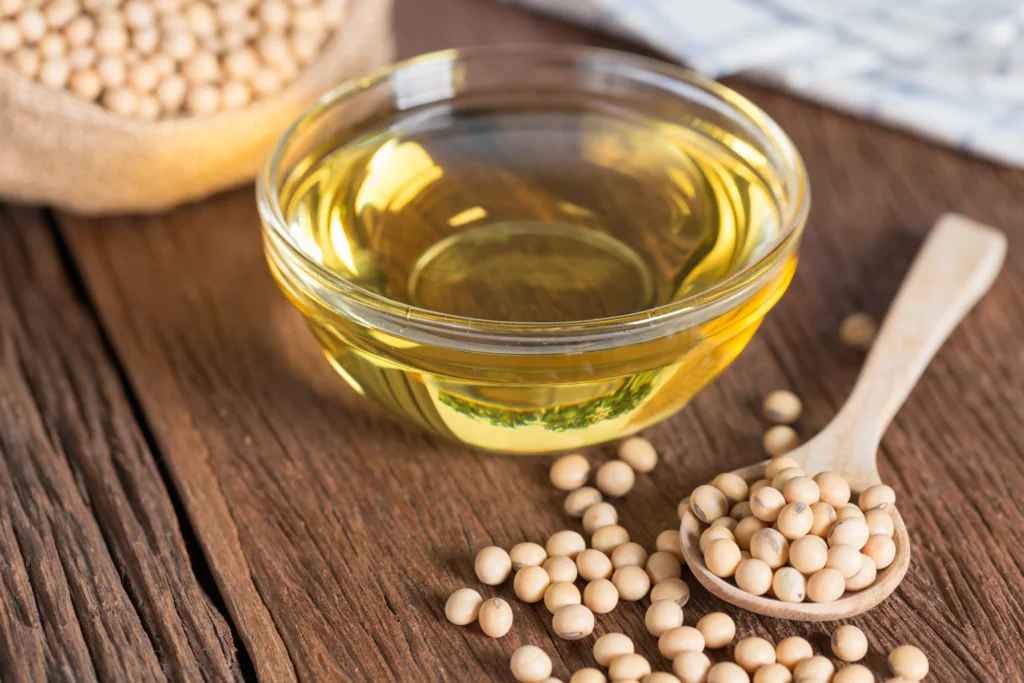
Key Advantages
- Broad-spectrum adsorption: Targets diverse pigments and polar impurities resistant to clay-based adsorbents.
- Oxidation stability: Removes peroxides and secondary oxidation products, extending shelf life.
- Neutral flavor profile: Prevents flavor distortion by adsorbing volatile odor compounds without altering oil properties.
3. Beverage & Juice Clarification
Solution Overview
Used in juices, soft drinks, and alcoholic beverages to adsorb natural pigments (e.g., anthocyanins, tannins) and haze-causing colloids, improving visual appeal and stability.

Key Advantages
- Color uniformity: Standardizes product appearance across batches by removing variable natural pigments.
- Colloid reduction: Adsorbs pectins and proteins that cause cloudiness or sedimentation.
- Deodorization synergy: Eliminates musty or earthy off-notes from raw materials (e.g., in wines or fruit juices).
4. Food Additive Purification
Solution Overview
Critical for decolorizing additives like citric acid, monosodium glutamate (MSG), and sweeteners by removing organic impurities and synthetic byproducts during manufacturing.
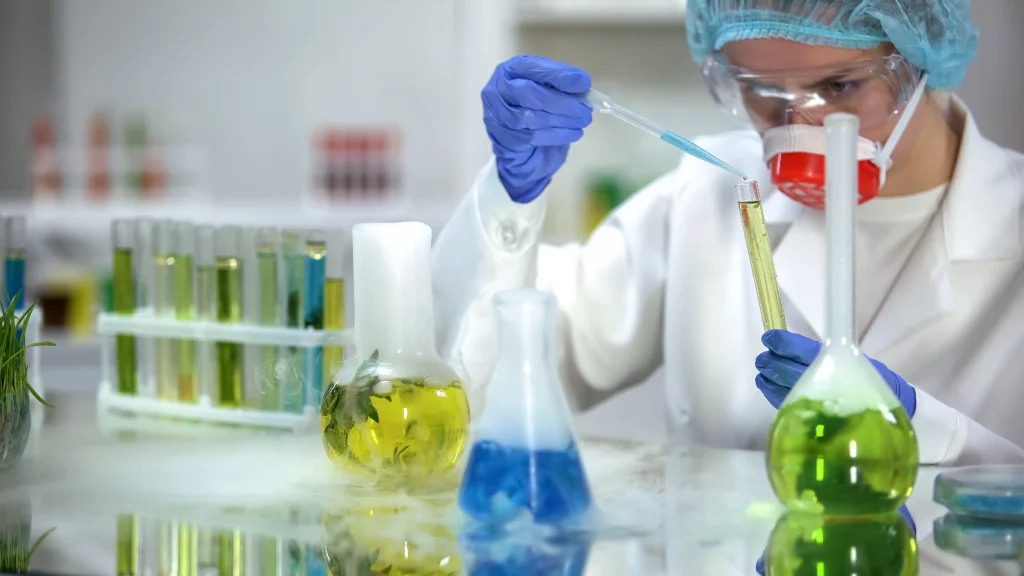
Key Advantages
- High-purity output: Meets stringent pharmacopeia standards for additives by reducing trace metals and organic residues.
- Process adaptability: Compatible with both batch (powdered carbon) and continuous (granular carbon) systems for flexible integration.
- Safety compliance: Food-grade variants exclude zinc or heavy metals, ensuring regulatory acceptance.


